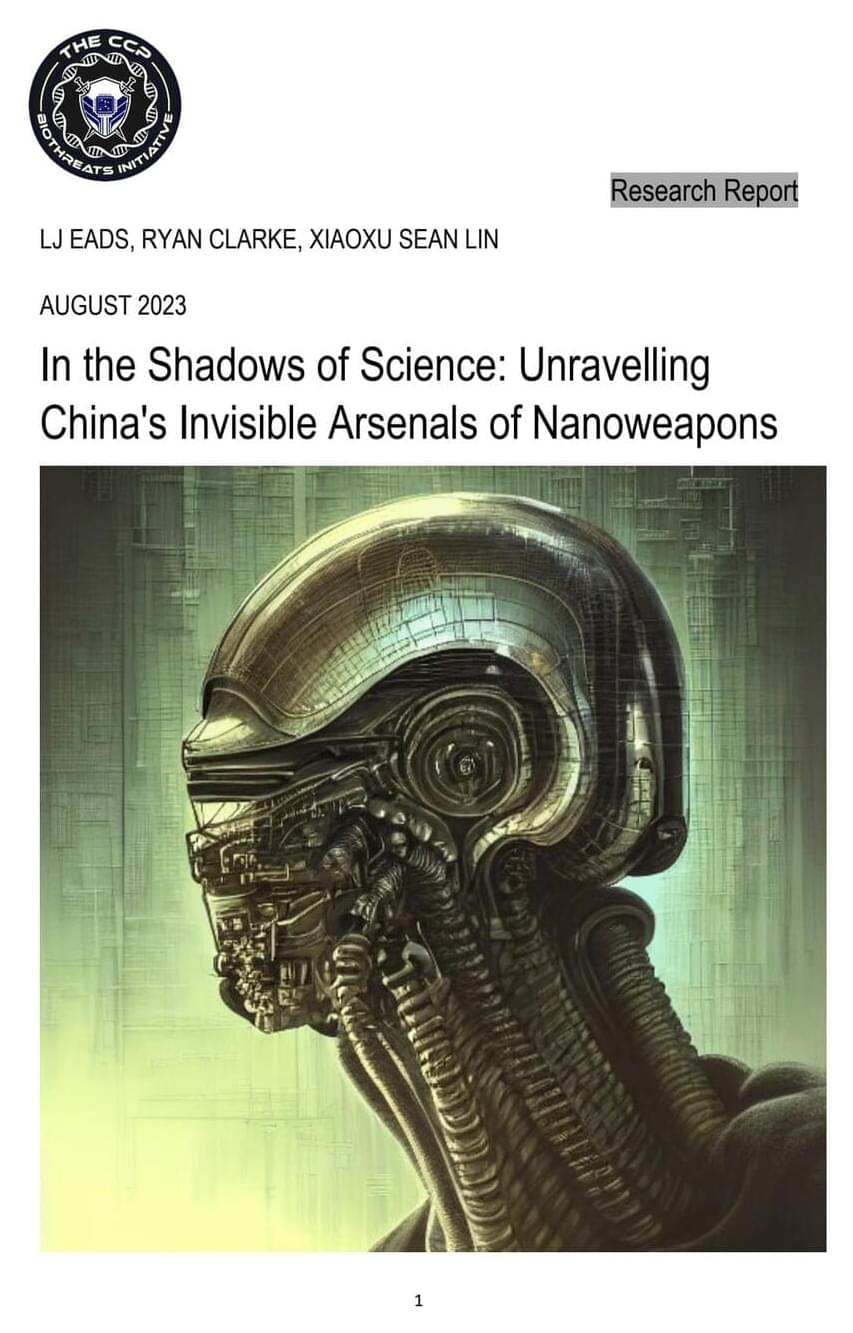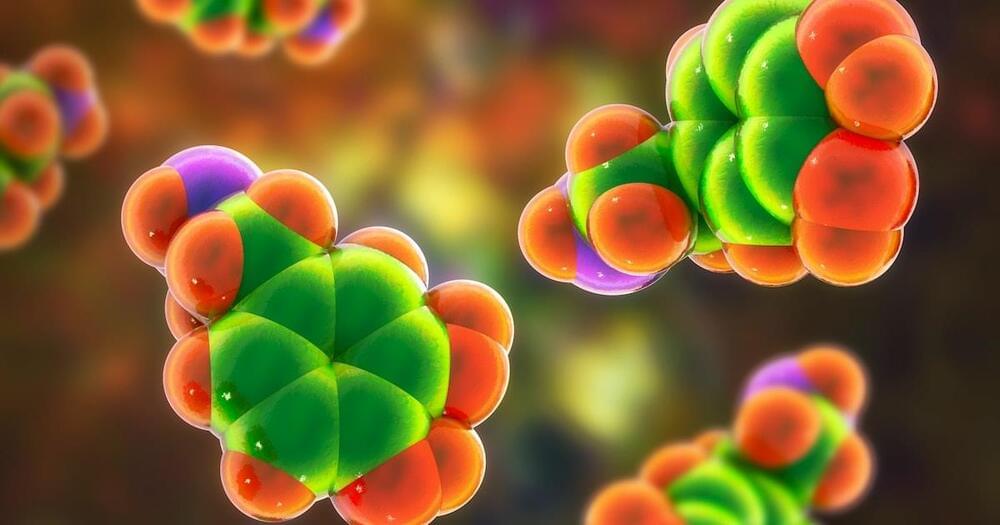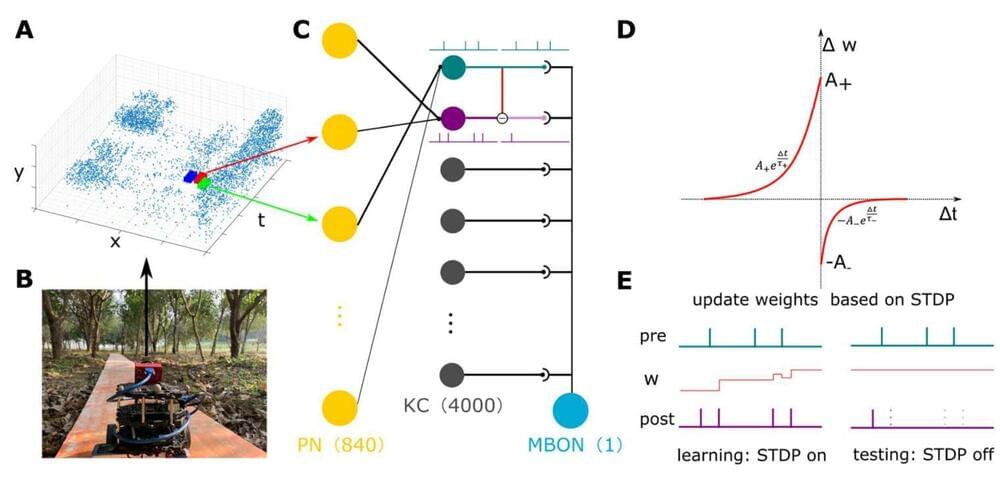In the shadows of science unraveling china’s invisible arsenal of nanoweapons.
Shared with Dropbox.


Dopamine seems to be having a moment in the zeitgeist. You may have read about it in the news, seen viral social media posts about “dopamine hacking,” or listened to podcasts about how to harness what this molecule is doing in your brain to improve your mood and productivity. However, recent neuroscience research suggests that popular strategies to control dopamine are based on an overly narrow view of how it functions.
Dopamine is one of the brain’s neurotransmitters — tiny molecules that act as messengers between neurons. It is known for its role in tracking your reaction to rewards such as food, sex, money, or answering a question correctly. There are many kinds of dopamine neurons located in the uppermost region of the brainstem that manufacture and release dopamine throughout the brain. Whether neuron type affects the function of the dopamine it produces has been an open question.
Recently published research reports a relationship between neuron type and dopamine function, and one type of dopamine neuron has an unexpected function that will likely reshape how scientists, clinicians, and the public understand this neurotransmitter.

People in the oldest stage of life who regularly engage in aerobic activities and strength training exercises perform better on cognitive tests than those who are either sedentary or participate only in aerobic exercise. That is the key finding of our new study, published in the journal GeroScience.
We assessed 184 cognitively healthy people ranging in age from 85 to 99. Each participant reported their exercise habits and underwent a comprehensive battery of neuropsychological tests that were designed to evaluate various dimensions of cognitive function.
We found that those who incorporated both aerobic exercises, such as swimming and cycling, and strength exercises like weightlifting into their routines – regardless of intensity and duration – had better mental agility, quicker thinking and greater ability to shift or adapt their thinking.

With the rapid-paced rise of AI in everyday life, nothing, not even the traditional farmer, is untouched by the technology.
A survey of the latest generation of farm tools provides a taste of just how far modern farming has come.
The Ecorobotix, a seven-foot-wide GPS-assisted “table on wheels” as some have described it, is a solar battery-powered unit that roams crop fields and destroys weeds with pinpoint precision. It boasts a 95% efficiency rate, with virtually no waste.

Material used in organic solar cells can also be used as light sensors in electronics. This has been shown by researchers at Linköping University, Sweden, who have developed a type of sensor able to detect circularly polarized red light. Their study, published in Nature Photonics, paves the way for more reliable self-driving vehicles and other uses where night vision is important.
Some beetles with shiny wings, firefly larvae and colorful mantis shrimps reflect a particular kind of light known as circularly polarized light. This is due to microscopic structures in their shell that reflect the electromagnetic light waves in a particular way.
Circularly polarized light also has many technical uses, such as satellite communication, bioimaging and other sensing technologies. This is because circularly polarizing light carries a vast amount of information, due to the fact that the electromagnetic field around the light beam spirals either to the right or to the left.


NASA has updated its plan to decommission the International Space Station. The agency has decided not to use Russian Progress spacecraft.
Here’s What We Know
The federal agency will create a new spacecraft. Its development will be taken up by American companies. The decision is due to the deterioration of relations between the United States and the Russian Federation.

The new data also confirms that Texas has cemented its position as the crypto capital of the United States, as miners flock there for abundant clean energy and a permissive regulatory environment.
Texas made up 8.43% of the hashrate in the U.S. as of the end of 2021, and that percentage has jumped to 28.50% as of July 27, 2023 — though Foundry notes that the data was aggregated during a period of heavy curtailment in July, so Texas’s percentage of actual hashrate is even greater than what’s reflected on their latest map. Zhang added that Texas’s growth in Foundry’s map also had to do with the fact that the firm took on more clients there in the past two years.
Given that the U.S. is currently the world leader in terms of its share of the collective hashrate of the bitcoin network, that makes Texas the bitcoin capital of the world.

In a solar system called TRAPPIST-1, 40 light years from the sun, seven Earth-sized planets revolve around a cold star.
Astronomers obtained new data from the James Webb Space Telescope (JWST) on TRAPPIST-1 b, the planet in the TRAPPIST-1 solar system closest to its star. These new observations offer insights into how its star can affect observations of exoplanets in the habitable zone of cool stars. In the habitable zone, liquid water can still exist on the orbiting planet’s surface.
The team, which included University of Michigan astronomer and NASA Sagan Fellow Ryan MacDonald, published its study in the journal The Astrophysical Journal Letters.
